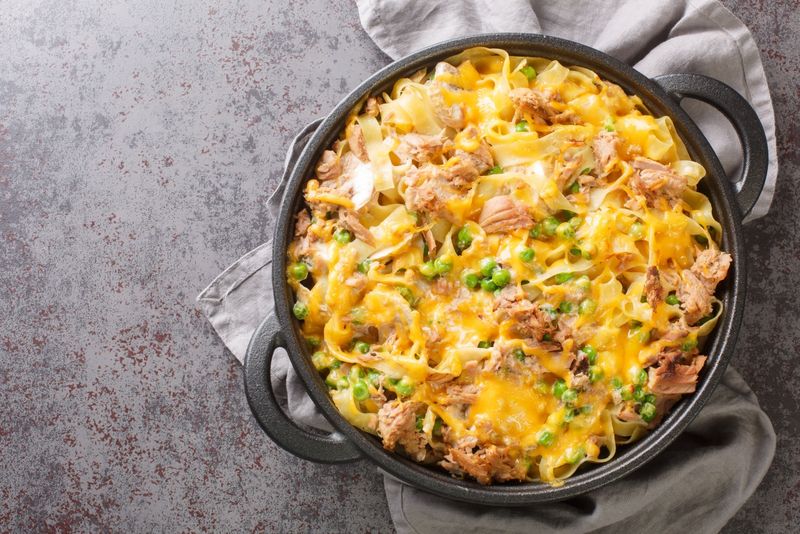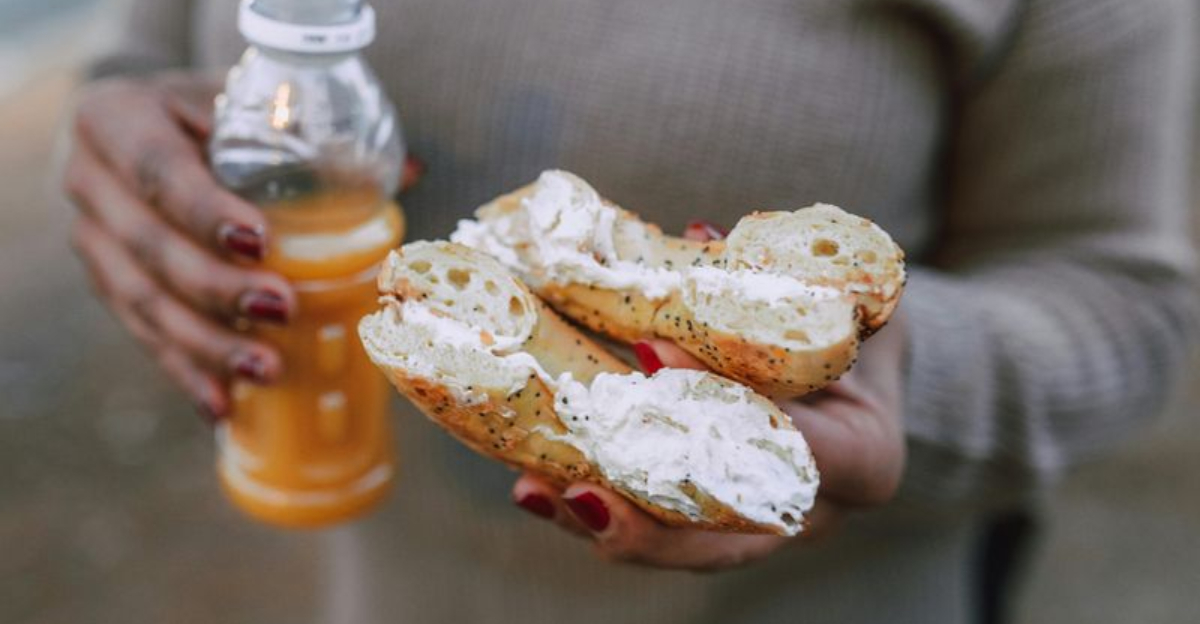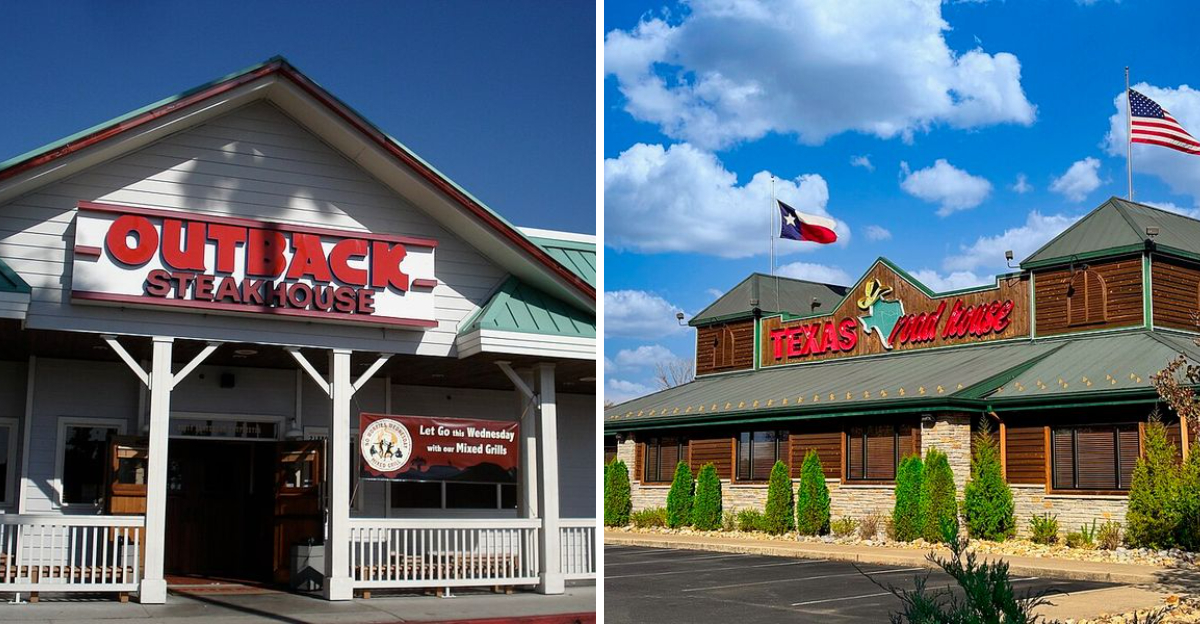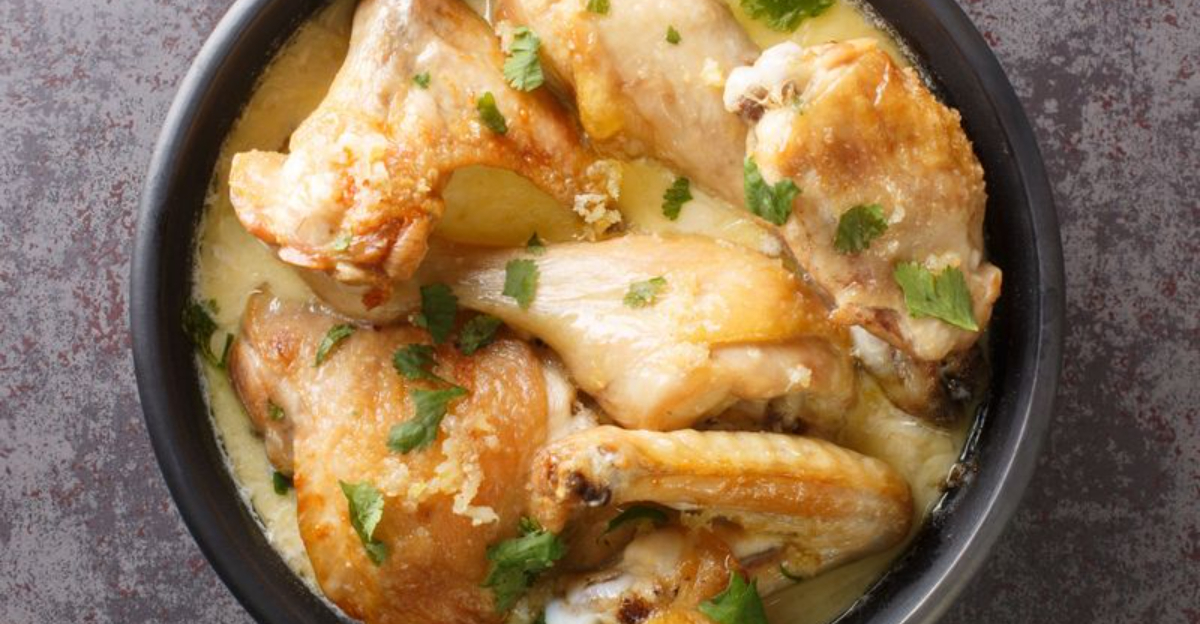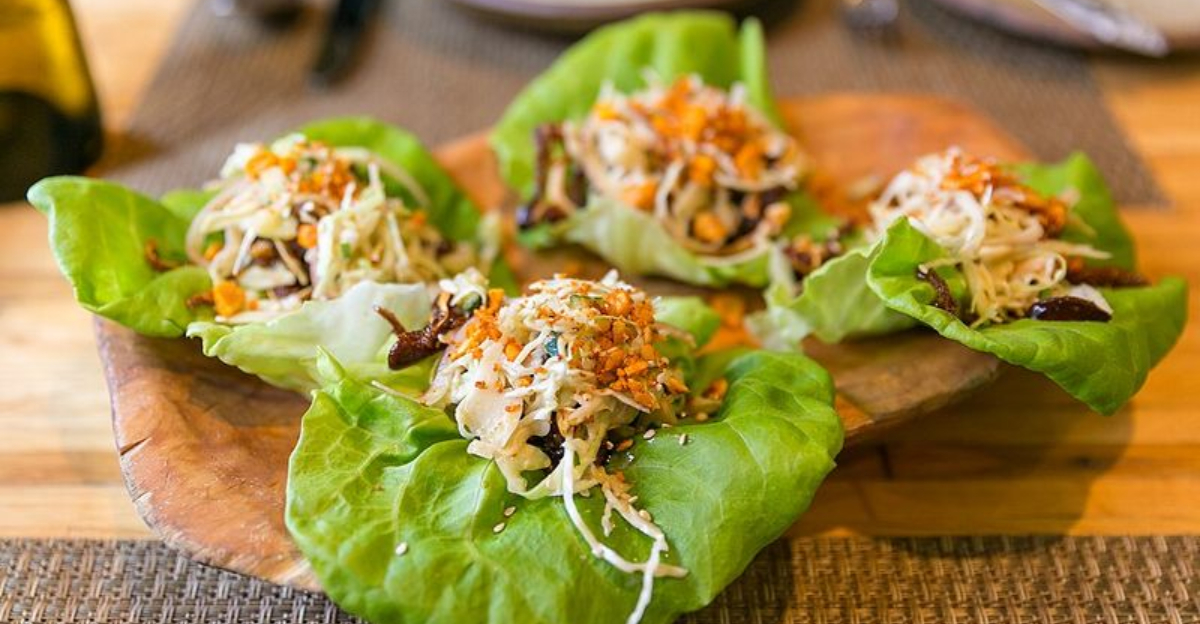12 Common Foods From The 1950s That Have Faded From Popularity
Families once gathered around dinner tables glowing with midcentury warmth and the comforting scent of casseroles fresh from the oven.
The fifties brought a parade of gelatin molds, mayonnaise-laced salads, and meals baked to golden perfection in Pyrex dishes.
Those recipes felt futuristic back then, symbols of domestic pride and culinary progress. Most have faded quietly into nostalgia, replaced by fresher trends, but their memory still lingers like the aroma of butter and onion from a bygone supper.
1. Jell-O / Congealed Salad Ring
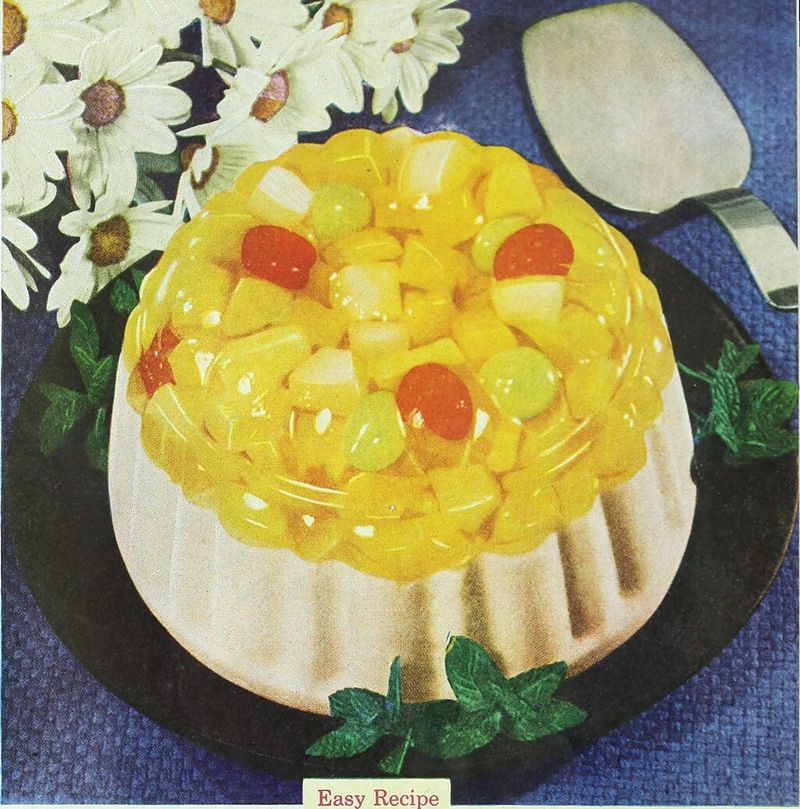
Bright, jiggly, and absolutely everywhere in the 1950s, Jell-O salads dominated potluck tables across America. Families mixed gelatin with everything from shredded carrots to canned fruit, creating colorful rings that wobbled with pride.
Grandmothers considered these creations fancy dinner party fare. Today, most people can’t imagine mixing lime Jell-O with cottage cheese and calling it salad, but back then, it was peak sophistication and modern cooking at its finest.
2. Tuna Noodle Casserole
Nothing said “weeknight dinner” quite like this creamy combination of canned tuna, egg noodles, and cream of mushroom soup. Topped with crunchy breadcrumbs or crushed potato chips, it baked into golden perfection.
Busy homemakers loved how quickly it came together using pantry staples. While some families still make this comfort classic, most modern cooks have moved toward fresher ingredients and less reliance on canned soup as the foundation of their meals.
3. Chicken à la King
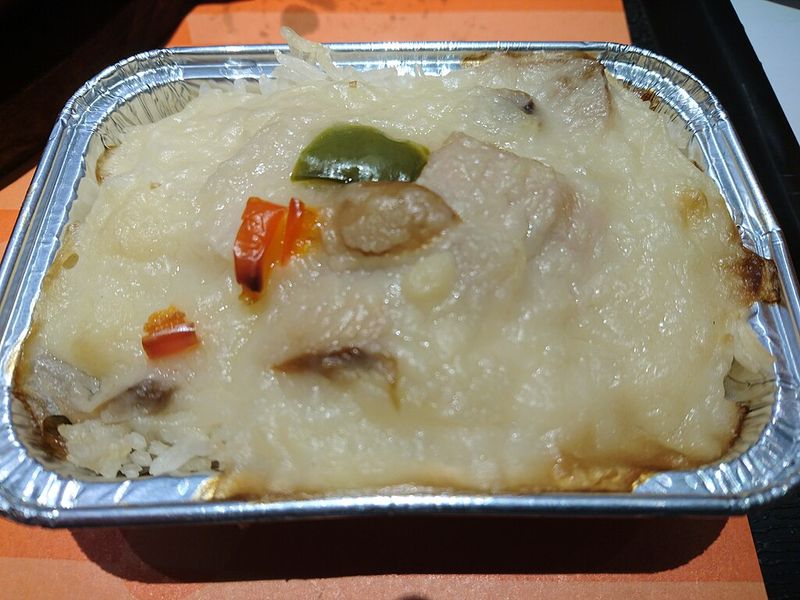
Fancy restaurants and home kitchens alike served this luxurious chicken dish swimming in thick cream sauce. Chunks of poultry mingled with mushrooms, pimentos, and peppers, usually ladled over toast points or puff pastry shells.
The recipe originated earlier but peaked during the 1950s dinner party scene. However, modern diners tend to find it too heavy and rich compared to today’s lighter cooking styles that emphasize fresh vegetables and lean proteins.
4. Turkey Tetrazzini
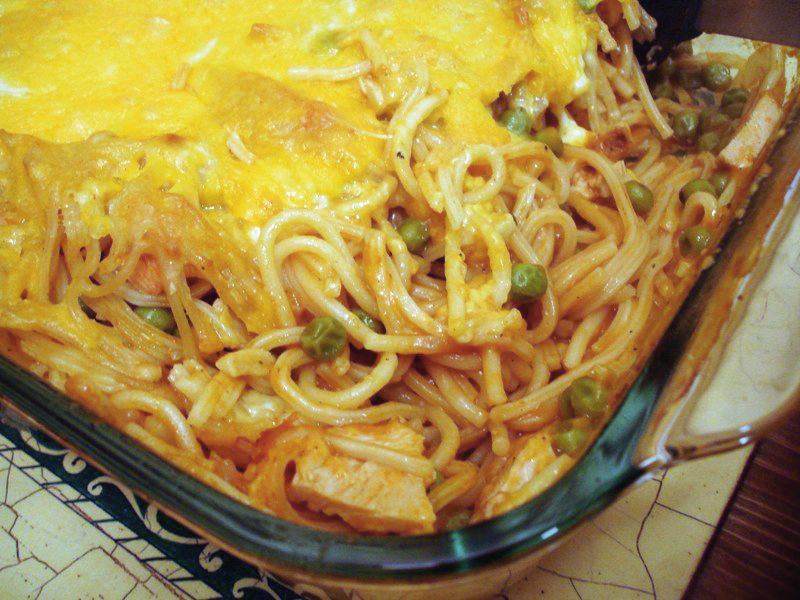
Leftover turkey found new life in this pasta-packed casserole named after an opera singer. Spaghetti mixed with turkey, mushrooms, and Parmesan cheese in a creamy sauce that families devoured after Thanksgiving.
Though it originated in early 1900s San Francisco, the dish became a 1950s staple for using up holiday extras. Nowadays, people prefer fresher approaches to leftovers, and this heavy, cream-laden pasta bake rarely appears on contemporary tables or restaurant menus anymore.
5. Liver And Onions
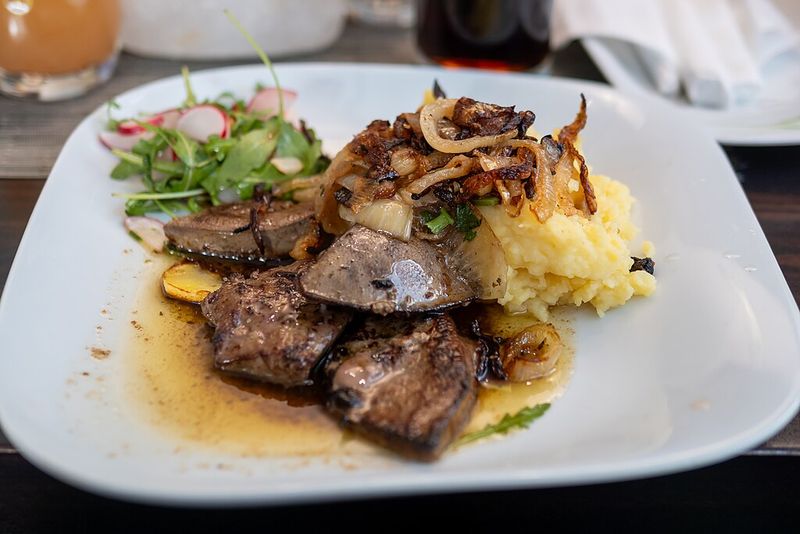
Beef liver sizzled in skillets across America, paired with sweet caramelized onions that softened its distinctive flavor. Parents insisted kids eat it for the iron content, despite universal complaints about the texture.
Diners and home kitchens regularly featured this protein-packed meal. But as food preferences shifted and people became less concerned about liver’s nutritional benefits, this polarizing organ meat gradually vanished from most menus, surviving mainly in nostalgic memories and occasional specialty restaurants.
6. Pineapple Upside-Down Cake
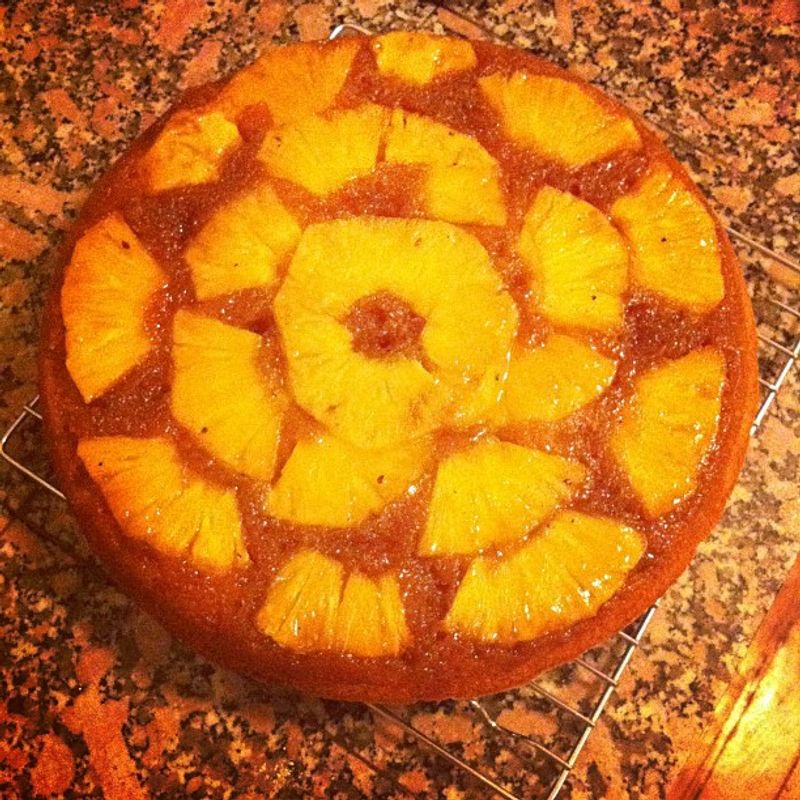
Flipping the pan to reveal perfectly caramelized pineapple rings and bright red cherries felt like kitchen magic. This showstopping dessert graced countless birthday parties and Sunday dinners throughout the decade.
Cast iron skillets produced the best results, with brown sugar creating sticky-sweet perfection. While you can still find recipes online, most modern bakers favor chocolate lava cakes or trendy French pastries over this retro fruit-topped treat that once symbolized culinary achievement.
7. Baked Alaska
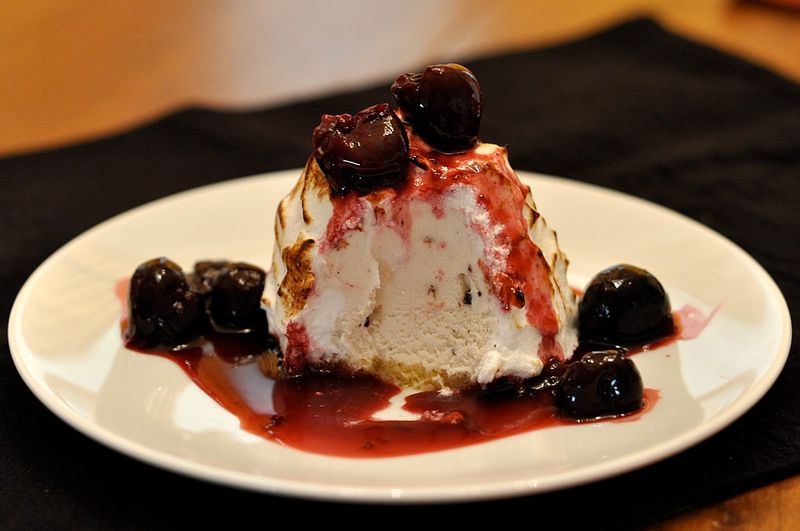
Ice cream and cake wrapped in fluffy meringue, then briefly torched or baked? Pure wizardry for dinner party guests who couldn’t believe frozen dessert survived the oven.
Restaurants wheeled out flaming versions for special occasions. The dramatic presentation and scientific contradiction made it the ultimate impressive finale. Today’s dessert lovers prefer simpler sweets like molten chocolate cake or artisan ice cream, finding this labor-intensive spectacle too fussy for modern entertaining styles and busy schedules.
8. Green Bean Casserole
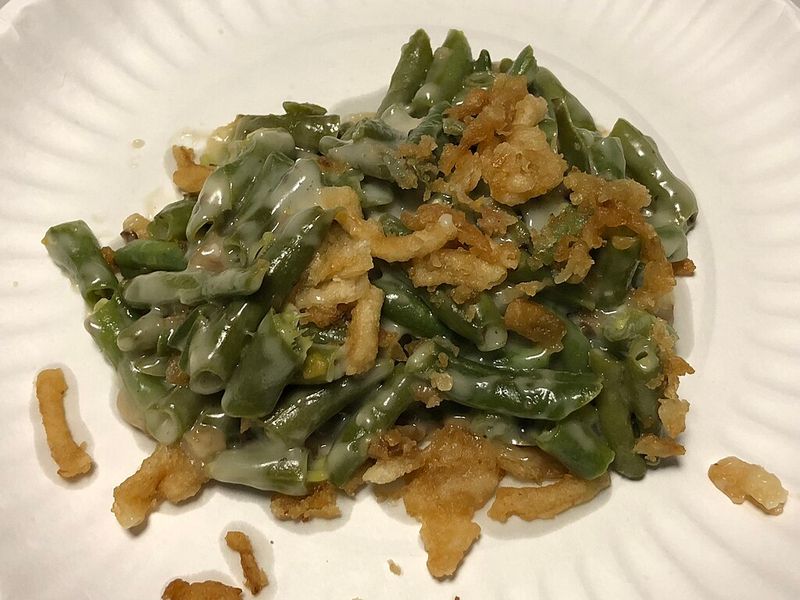
Campbell’s Soup Company invented this Thanksgiving staple in 1955, and it instantly became an American holiday tradition. Canned green beans mixed with cream of mushroom soup and topped with crispy fried onions created an irresistible combination.
While it still appears at some holiday tables, many families now opt for fresh roasted vegetables instead. The reliance on processed ingredients feels outdated to health-conscious cooks who prefer making dishes from scratch rather than opening multiple cans.
9. Fish Sticks (Fish Fingers)
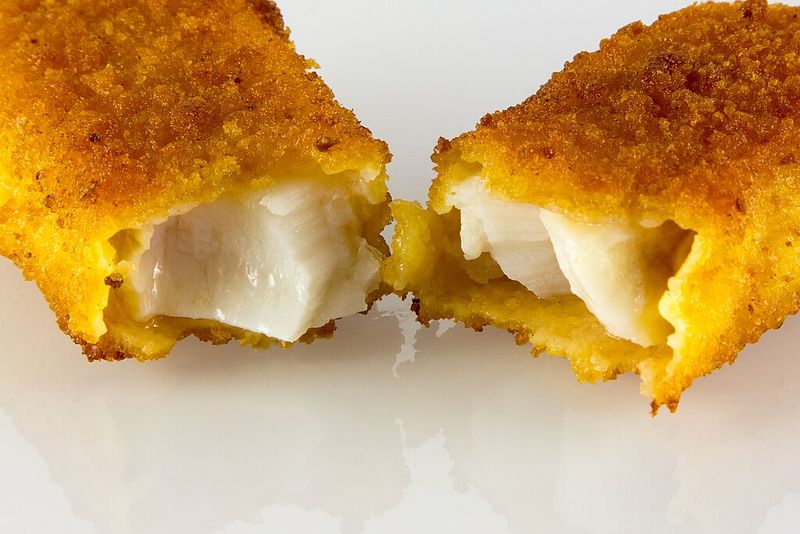
Gorton’s introduced frozen fish sticks in 1953, revolutionizing weeknight dinners with their convenient breaded rectangles. Kids dunked them in ketchup while parents appreciated the quick cooking time and affordable price.
These crispy fingers dominated freezer aisles and school cafeteria trays. However, concerns about processed foods and sustainability have reduced their popularity significantly. Modern families lean toward fresh fish or higher-quality frozen options, viewing traditional fish sticks as overly processed and nutritionally questionable compared to better alternatives.
10. Ham Salad / Deviled Ham Sandwich
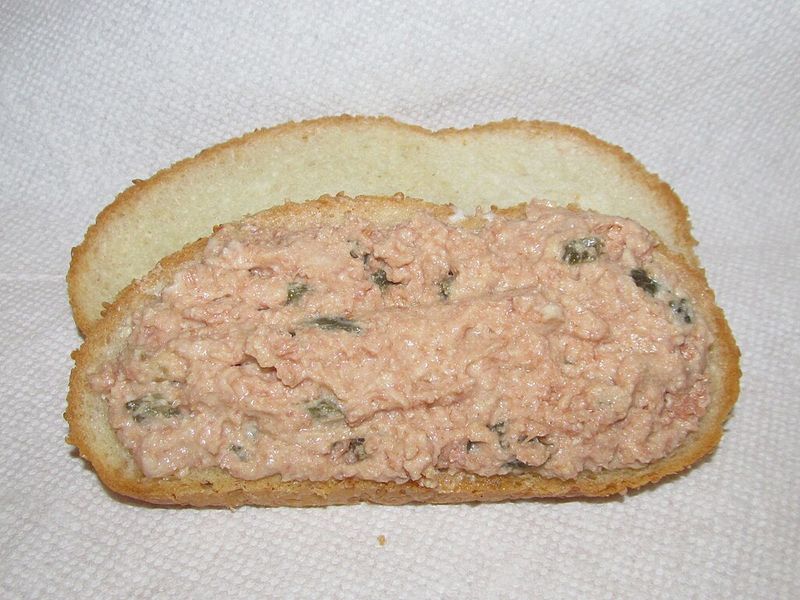
Ground leftover ham mixed with mayonnaise, pickles, and mustard created a spreadable sandwich filling that appeared at countless lunch counters. Deviled ham from cans offered an even quicker alternative for busy households.
The texture and appearance might seem unappealing by today’s standards. Fresh deli meats and gourmet sandwich combinations have replaced these mystery-meat spreads in most kitchens, though some regional delis still serve them to nostalgic customers who remember simpler times fondly.
11. Chiffon Pie (Meyer Lemon)
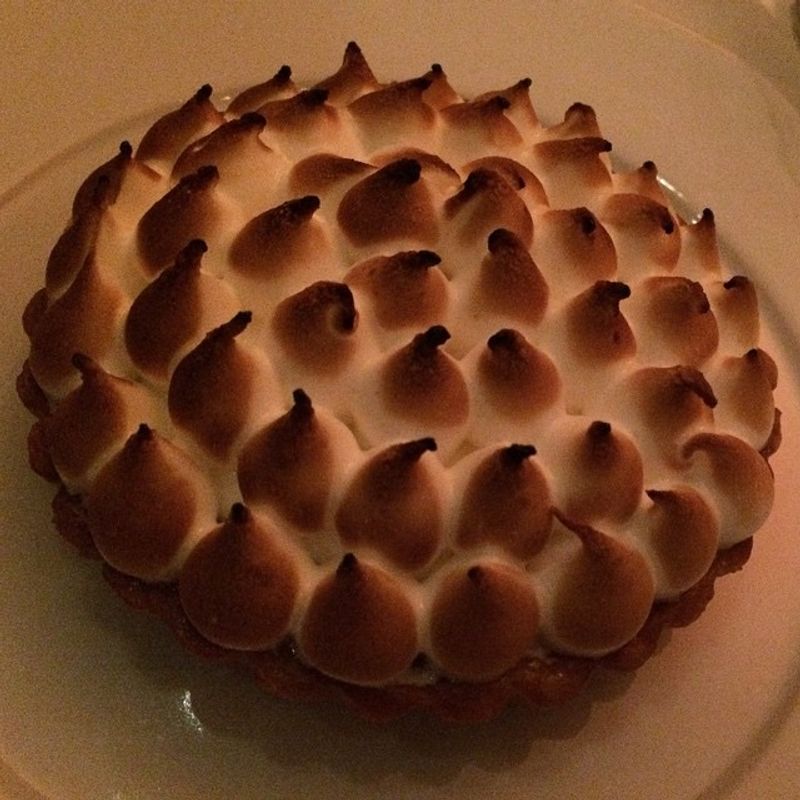
Airy as a cloud and delicately flavored, chiffon pies showcased the magic of gelatin and whipped egg whites. Lemon versions offered refreshing sweetness perfect for summer gatherings and church socials.
The texture fell somewhere between mousse and meringue, creating an elegant finish to meals. But modern dessert trends favor denser options like cheesecake or flourless chocolate cake. Few home bakers tackle the tricky technique of folding egg whites properly, making this delicate dessert a forgotten art form.
12. Creamed Chipped Beef On Toast (SOS)
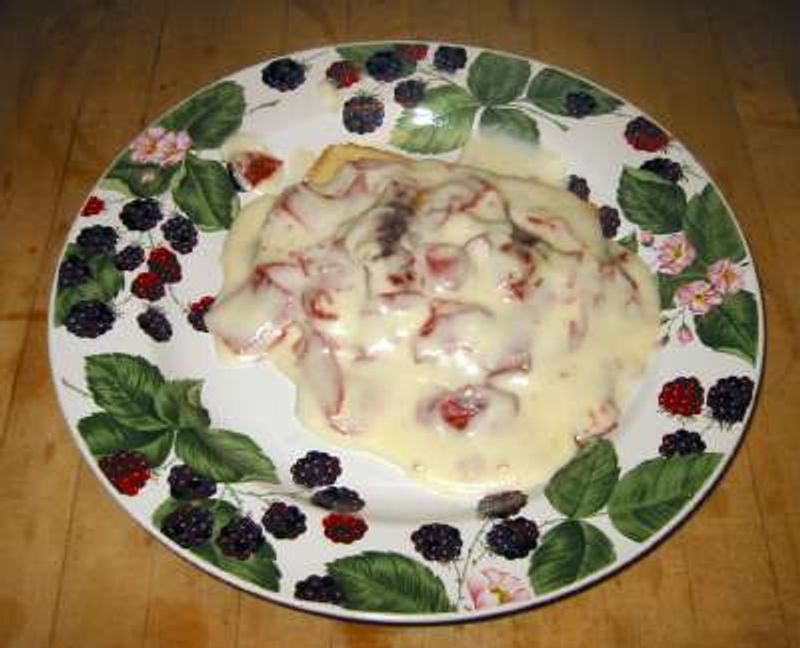
Military mess halls nicknamed this breakfast “SOS” for reasons polite company won’t mention. Dried beef in thick white gravy ladled over toast provided cheap, filling fuel for soldiers and budget-conscious families alike.
The salty, mysterious meat and gloppy sauce defined institutional cooking. While some nostalgic veterans still crave it, most people today find the appearance and texture completely unappetizing. Fresh ingredients and international breakfast options have thankfully replaced this Depression-era holdover from American morning tables.

